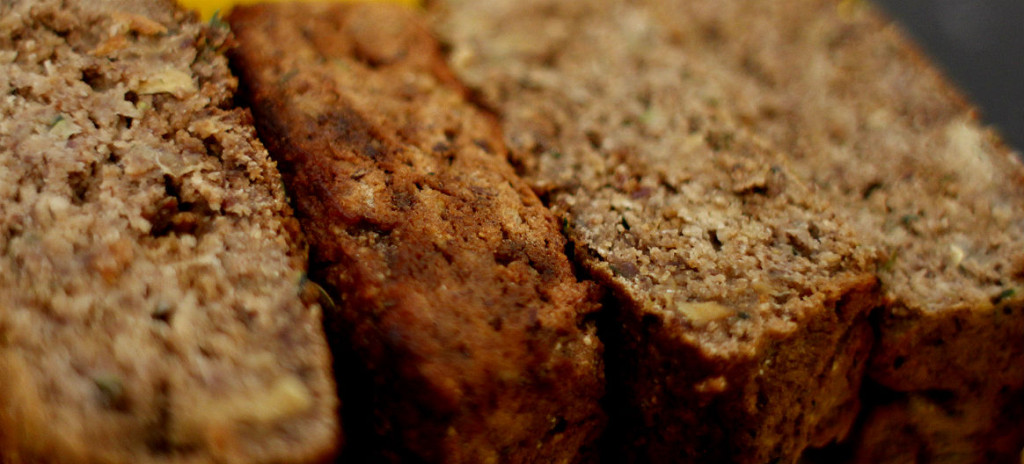When I started having issues with gluten and wheat, I felt so lost because I didn’t know where it came from. When I go out for brunch or eat out at the restaurant, I have a small bite of bread, which can give me a world of pain for the following few days. I developed a fear eating outside because you just don’t know what ingredients they use. Luckily most restaurants have a gluten-free menu now and you can ask for options. Hallelujah! There are many kinds of gluten-free flours available at supermarkets these days, along with many “all purpose” gluten free flour blends that are designed to be an easy to use replacement for wheat flour. I’ve made (well..played with) some gluten-free muffins and bread at home. It is hard to produce the same taste and texture like normal bread due to not using regular flours. I am still experimenting. I’ve listed a few of my favorite alternatives to wheat flour. It’s not a single substitution for wheat-free alternative flours as gluten is responsible for wheat flour’s incredible binding, stretching and rising abilities. In general, a combination of different gluten-free flours is used to create flavor, texture, and balance.
My favorite gluten-free, wheat-free flours are
- Almond flour: Baking or cooking with this flour, made from pulverized, blanched almonds, is a surefire way to add extra bone-building calcium to your diet: A half-cup serving has 12 percent of your daily requirement–six times the amount of that in “light” whole-wheat flour. Almond flour is also high in vitamin E and monounsaturated fat. This and other nut flours such as chestnut and hazelnut, macadamia and pistachio add protein and vibrant taste to gluten-free baking.
- Bean flours: Dried beans can be ground into flours as easily as grains can. Chickpea flour also known as garbanzo bean or ceci flour makes a memorable flatbread in the south of France. Lentil flour shows up in Indian cuisine. Even fava beans become flour, and show up in some commercial gluten-free baking mixes.
- Rice flour: The starchiness of short-grain rice makes it the perfect candidate for rice flour. Smooth and finely ground, sweet rice flour thickens sauces and gravies so well that no one eating them can tell they are gluten-free.
- Tapioca flour: This is also known as tapioca starch (just to confuse us). Its starchiness makes it an excellent gluten-free flour, but it must be used in combination with other flours to make great baked goods.
- Buckwheat flour: Buckwheat is a strong, earthy-flavored flour, available in light and dark varieties. Use light-colored flour for best results in gluten-free recipes. Buckwheat flour adds protein, fiber, vitamins and minerals to gluten-free recipes and can be used to make delicious pancakes.
- Gluten-free oats: Oats, with nutty taste and chewy texture, add protein, soluble fiber, vitamins and minerals to gluten free recipes. Use gluten-free oats and oat flour in bread, pancake, muffin, cookie, cake, granola and muesli recipes.
- Quinoa flour: Quinoa is available as a whole seed, flakes and flour. The seed can be used to replace rice and barley in pilaf, couscous and soup recipes. Quinoa flakes can be used as a substitute for rolled oats. Quinoa flour has a somewhat strong, bitter flavor, can be used in small amounts in gluten-free mixes and baking recipes to improve nutritional quality.
- Coconut flour: Coconut flour can be used in small quantities in gluten-free recipes to increase fiber content. It is almost 60% fiber, is high in fats and lower in carbohydrates than other GF flours. Coconut flour works best in recipes that include eggs and has a short shelf life. Refrigerate baked goods made with coconut flour to prevent spoilage.
- Soy flour: Can be used like brown rice or corn flour. Has a heavy beany flavor and works best if used in combination with a moist flour, such as tapioca or sweet white rice flour.
- Flaxseed meal: Substituting 1/4 of a flour mixture with flaxseed meal to add a hearty touch to whatever you are baking. Store in freezer to keep the nutritional value of these amazing little seeds.
Ingredients
4 eggs
33g almond meal
50g coconut flour
25g buckwheat flour
30g cocoa powder
1 tsp of ground coffee
1 tsp of baking soda
1 tbsp of apple cider vinegar
1 tbsp of coconut oil
1 tbsp of molasses
1 tsp of carraway seeds
1 tsp of cinnamon powder
a pinch of salt
Lightly beat eggs in a large bowl. Mix with coconut oil, molasses and coffee ground. Add all dry ingredients and combine well. Pour the mixture into a loaf tin and transfer to the preheated oven (180) for 30-40 minutes until cooked. Cool it down before cutting. This pumpernickel has a light and cakey texture. You can cut thinly and toast again which gives you more a crunchy, biscuit-like texture.

